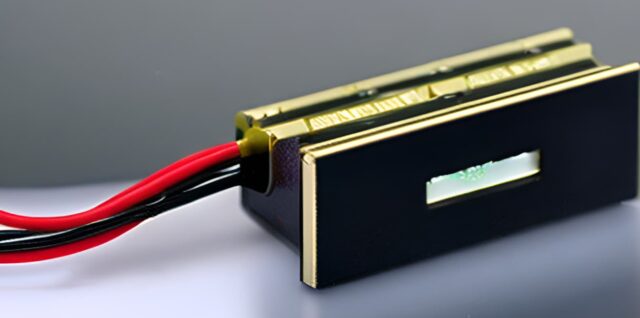Home automation has emerged as a game-changer for homeowners seeking convenience, energy efficiency, and enhanced control over their living spaces. A pivotal component of this transformation is the use of room temperature sensors. In this blog post, we will explore how Dwyer room temperature sensors are revolutionizing home automation, making homes smarter, and significantly more efficient.
The Basics of Room Temperature Sensors
Understanding Room Temperature Sensors
At its core, a room temperature sensor is a device designed to monitor and measure the ambient temperature within a specific space. These sensors come in various forms, from traditional thermostats to advanced smart sensors that connect to home automation systems. The primary function of these sensors is to provide real-time temperature data, allowing homeowners to maintain optimal comfort levels.
Importance of Accurate Temperature Monitoring
Accurate temperature monitoring is crucial for maintaining a comfortable living environment and optimizing energy efficiency. Inconsistent room temperatures can lead to discomfort and higher energy bills. Senva Room temperature sensors play a pivotal role in ensuring that the right temperature is maintained in various rooms, providing a more pleasant living experience.
Integration with Smart Home Systems
Smart Thermostats and Room Temperature Sensors
One of the most popular applications of room temperature sensors is in conjunction with smart thermostats. These intelligent devices use data from room temperature sensors to adjust heating and cooling systems, ensuring that rooms are neither too hot nor too cold. By creating a harmonious balance, smart thermostats enhance comfort while minimizing energy consumption.
Home Automation Hubs and Room Temperature Sensors
Home automation hubs or controllers serve as the central command centers for smart homes. Room temperature sensors seamlessly integrate with these hubs, allowing homeowners to monitor and control temperatures remotely. This integration enhances the overall smart home experience by providing a centralized platform for managing various devices.
Creating Zones for Customized Comfort
Zoning Systems and Room Temperature Sensors
Zoning systems enable homeowners to divide their homes into different temperature zones, each with its own temperature setpoint. Room temperature sensors are instrumental in this setup, as they provide the data needed to regulate each zone’s temperature independently. This customization ensures that occupants enjoy their preferred comfort levels without wasting energy on unoccupied spaces.
Personalized Profiles and Schedules
Room temperature sensors can be linked to individual user profiles. As a result, each member of the household can have their preferred temperature settings. Additionally, scheduling temperature changes based on occupancy patterns can lead to significant energy savings. For instance, the system can lower the temperature when everyone is at work or asleep and raise it before the family returns home.
Energy Efficiency and Cost Savings
Energy Savings through Automation
One of the most compelling advantages of room temperature sensors is their contribution to energy efficiency. By providing real-time data and enabling automated adjustments, these sensors prevent unnecessary heating or cooling. As a result, homeowners can significantly reduce their energy consumption and, subsequently, their utility bills.
Cost-Effective Solutions
Investing in room temperature sensors as part of home automation is a cost-effective decision in the long run. While there may be an initial upfront cost, the energy savings and increased HVAC system lifespan can lead to substantial financial benefits over time. Additionally, many utility providers offer incentives and rebates for energy-efficient homes, further reducing costs.
Improved Convenience and Security
Convenience in Everyday Life
Room temperature sensors enhance daily life by maintaining comfort levels automatically. You no longer need to manually adjust thermostats when entering or leaving rooms. The system takes care of it, ensuring that your home is always at the ideal temperature. This convenience is especially valuable during extreme weather conditions.
Enhanced Security
Beyond comfort and energy efficiency, room temperature sensors can also play a role in enhancing security. For example, they can detect freezing temperatures that might lead to burst pipes. In such cases, the system can send alerts to homeowners, enabling timely intervention and preventing costly damage.
Conclusion
In conclusion, room temperature sensors are pivotal components of modern home automation systems. They offer homeowners the ability to create smarter, more efficient living spaces that prioritize comfort, energy efficiency, and convenience. With the integration of room temperature sensors, your home can adapt to your preferences seamlessly, reducing energy consumption and improving your overall quality of life.
Investing in these sensors is not only a step towards a more sustainable future but also a smart financial decision. By optimizing your home’s temperature control and energy usage, you can enjoy a more comfortable living environment while also reducing your energy bills. Room temperature sensors are the key to making your home truly smart and efficient. Embrace this technology, and you’ll wonder how you ever lived without it. Welcome to the future of home automation, where comfort and efficiency go hand in hand.
